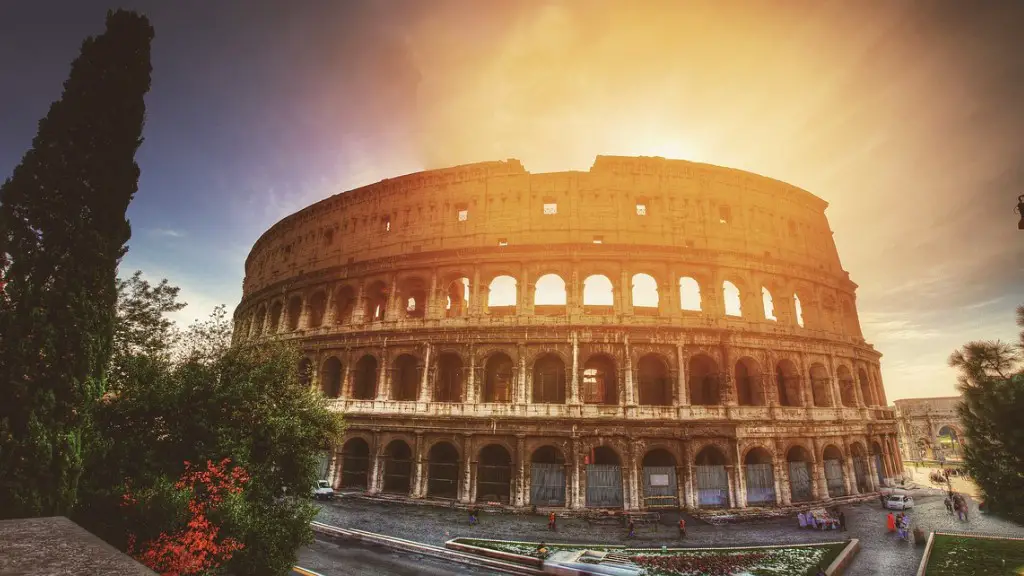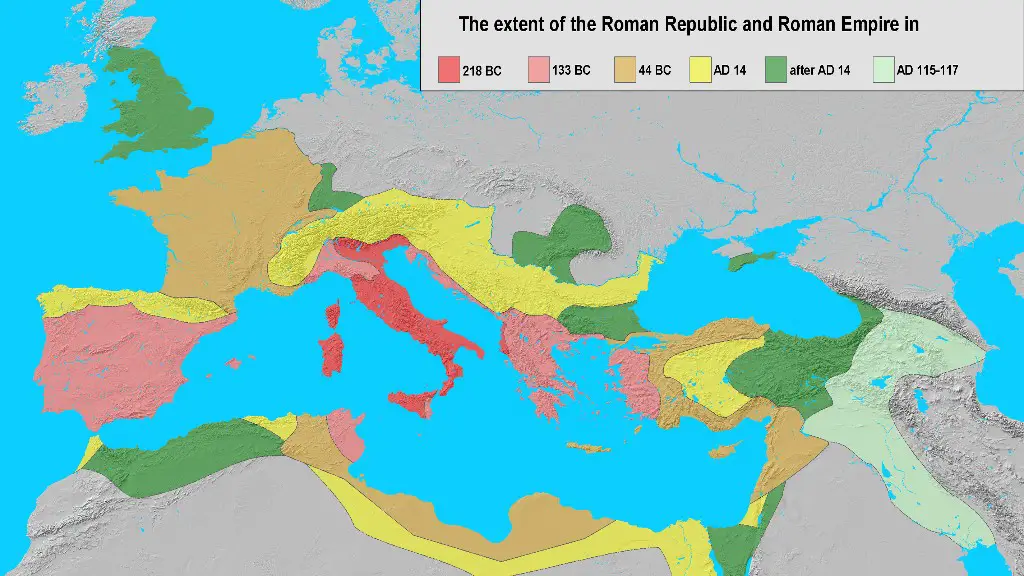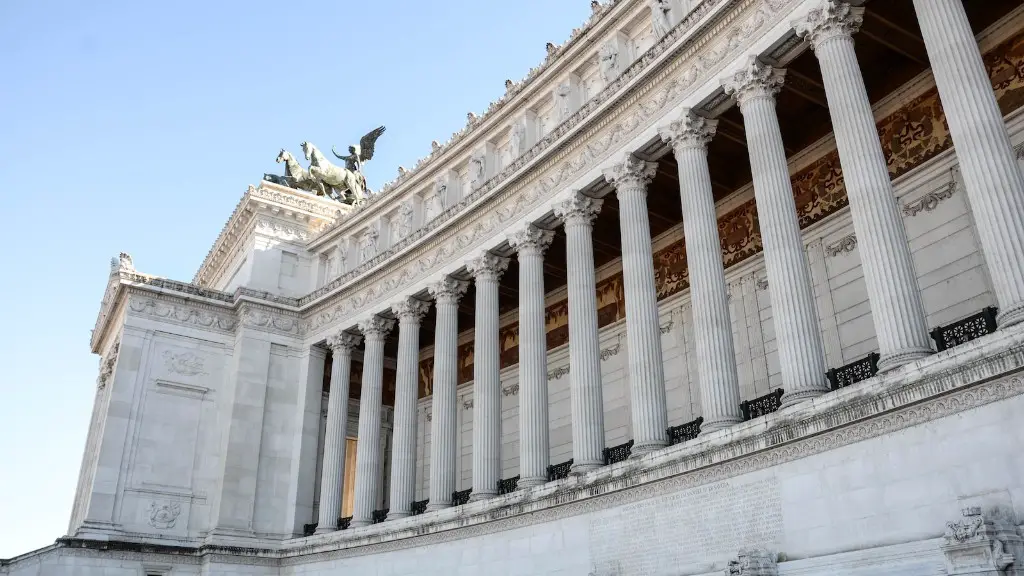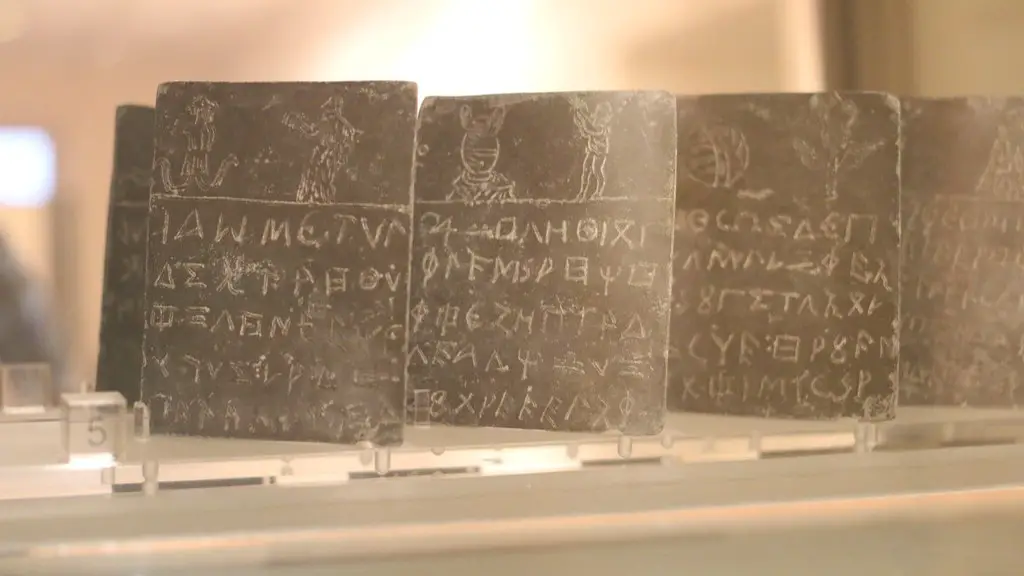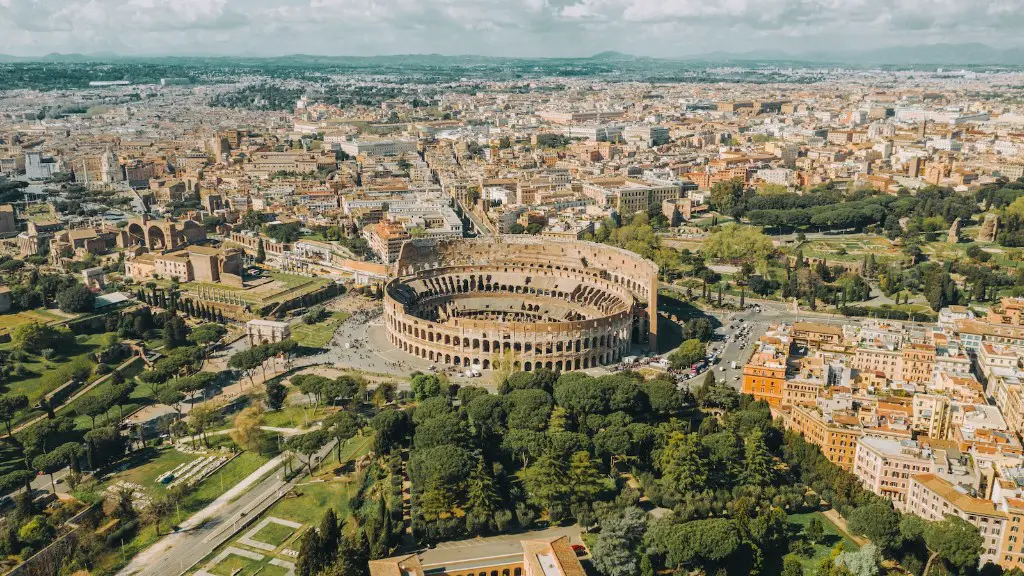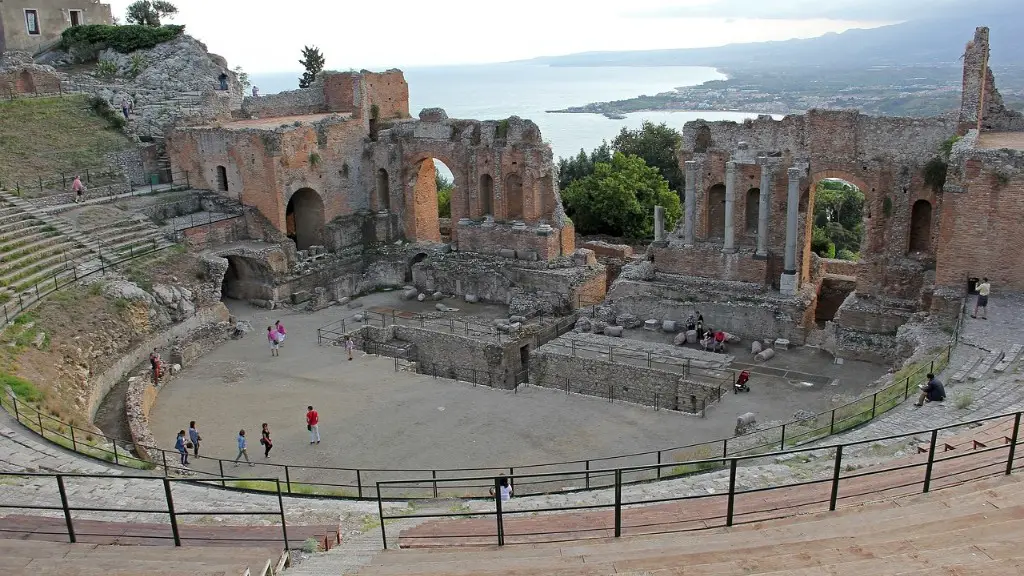Ancient Rome was the capital of one of the most powerful civilizations of its time. Its power was based on tradition and an intensive agriculture, with many rain-fed fields and irrigation systems.
In the center of Ancient Rome, life revolved around a place called the Forum. It was located in the city center, forming a large square. It was the administrative, commercial and political center of the city. Roman citizens gathered at the Forum to conduct business, watch theatrical performances, discuss politics, and worship gods.
The Forum was the most important public square in Ancient Rome. It was home to a number of iconic structures, including the Basilica Julia, the temple of Castor and Pollux, and the Rostra, a platform for addresses by politicians. The Forum also hosted criminals, who were (very infamously) thrown to the beasts, and the homeless.
The Forum was bustling in legendary time. Roman citizens flooded the Forum on religious holidays, choosing to gather there over the crowd elsewhere. This led to the Forum becoming a symbol of law, politics, and tradition. It quickly became a safe haven for the poor and downtrodden, as well as a place for political debates and funding.
It was also used for economic activity. Merchants and traders gathered in the Forum to sell their wares, while legal disputes were settled. It was also one of the most popular places to conduct political gatherings, with some of the most important speeches in Roman history taking place at the Forum.
The Forum was also the entertainment center of Ancient Rome. Roman gladiators fought in brutal battles at the Forum, while plays were performed in the theater erected nearby. It was also a significant site of celebration and worship, with various faith events and ceremonies taking place there.
The Forum was the religious and social lifeblood of Ancient Rome. It was a place for Jews, Christians, and pagans to share their beliefs and connect with their community. The Forum served as the political powerhouse of the Roman Empire, where Roman citizens could engage in politics, commerce and entertainment.
Effects of the Forum on Ancient Rome’s Society
It is no surprise, then, that the Forum had such a strong impact on Ancient Roman society. It was the center of politics, commerce and the entertainment industry, with many influential decisions and laws made there. It also had an effect on the economy. Merchants regularly exchanged goods at the Forum, giving them an opportunity to boost their profits.
The Forum also served an important role in the spiritual life of Ancient Rome. It was a place of worship for Roman gods and goddesses. On religious holidays, onlookers flocked to the Forum to witness ceremonies, offerings and other sacred rites. Some of the most important moments in Roman history took place in the Forum.
The Forum was not just a place of politics, commerce and entertainment, however. It was also a place of scholarly pursuits and the arts. Intellectuals and scholars often gathered there to discuss their research and ideas, while musicians and artists performed their work. Roman poets and prose writers also found inspiration in the Forum.
Perhaps most importantly, the Forum was a place where people could connect with their community. This was especially vital for Roman citizens who lived in poverty. The Forum provided them with an opportunity to gather together and share ideas, engage in discussions and experience a sense of belonging.
Overall, the Roman Forum was a central part of life in Ancient Rome. It was a source of civic pride, a place of faith and the cradle of politics. Its influence extended far beyond Ancient Rome – the Forum has endured in history and is still considered to be one of the greatest public squares of all time.
How Was the Forum Structured?
The Forum was an expansive square, and it was divided into three main sections. Its main entrance was through the Porta Romana, a grand archway. This was followed by the Forum proper, which contained a number of ancient temples and public buildings, including the basilica and the Rostra, a platform for addresses by politicians. This was followed by the Forum Boarium, which was the cattle market.
The Forum was also the site of some of the most iconic monuments of Ancient Rome, such as Trajan’s Column and the Maison Carrée. The Temple of Saturn, the Temple of Vesta, and the Temple of Jupiter Optimus Maximus were also located at the Forum. In addition, the Forum was home to a famous library, which contained numerous literary works.
As for its layout, the Forum was arranged in several sections. To the South was the Capitoline Hill, which was the most sacred area of the Forum. The Forum proper was in the center, while the Velabrum, which contained the cattle market, was located to the North. The whole Forum was surrounded by a perimeter wall, which was lined with numerous statues.
At the center of the Forum, the main square was dominated by the Rostra, a large platform for public addresses. Further east, there was the Basilica Julia, a monumental courthouse and marketplace. Further west, there was the Temple of Castor and Pollux, which was dedicated to the gods.
What Impact Did the Forum Have on Politics?
The Forum had a significant influence on Roman law and politics. Important decisions were often debated at the Forum, while politicians would make addresses at the Rostra. Similarly, the Senate often convened at the Forum, making decisions on behalf of the Roman people.
In the early days of the Forum, much of the debate and discussion was held in the open air, in the shadow of the temples of Jupiter and Vesta. However, in 64 BCE, Julius Caesar commissioned the construction of the Basilica Julia, a massive courthouse. This served as the seat of the Senate, and it became a symbol of Roman law and justice.
The Forum was also the site of important political events in Roman history. In!5 BCE, Julius Caesar marched through the Forum with his army in a show of strength, while the slave revolt led by Spartacus was suppressed there in 73 BCE. Similarly, Julius Caesar was assassinated at the Forum in 44 BCE.
Overall, the Forum had an enormous influence on Roman politics. It was the site of important debates, speeches and decision-making, and it served as a symbol of Roman law and justice. Its legacy has endured, with the Forum remaining one of the most iconic sites in the city of Rome.
What Was the Economic Impact of the Forum?
The Roman Forum, or Fora Romana, played an important role in the Roman economy. It was the site of commercial activity and was the hub of the Roman trade network. Merchants and traders gathered at the Forum to conduct business and exchange goods. The Forum was also home to the Codex Iunianus, an important legal document that outlined the rights of Roman citizens.
The Forum also played an important role in the financial life of the city. As the central hub for trade, the Forum was home to a number of banks and money changers, making it the center of the financial sector. Money lenders and bankers would offer loans and conduct financial transactions at the Forum. The Forum was also home to a number of public treasuries and the Curia Hostilia, the public assembly hall.
The Forum Boarium was also an important part of the economic life of Ancient Rome. It was the city’s largest livestock market, and it was a center for the sale and purchase of sheep and cattle. The trade of agricultural products and various services also flourished at the Forum Boarium.
In sum, the Forum was the center of economic activity in Ancient Rome. It was home to merchants, traders, bankers, and money changers, while the Forum Boarium was the city’s largest livestock market. The Forum was a key part of the Roman economy, and its influence has endured into modern times.
Why Was the Forum so Significant in Ancient Rome?
The Forum was an important symbol of Ancient Rome. It was the center of politics, commerce, and religious life and was the site of many major events in Roman history. It was also the most important public square in the city, the heart of the Roman Empire.
The Forum was a place for Roman citizens to gather and engage in public discourse. It was a place where people from all walks of life could come together, share their ideas and opinions, and engage in spirited debates and discussions. The Forum gave Roman citizens a sense of community and belonging, as well as a platform to make their voices heard.
The Forum also served as a source of civic pride. It was a place where Roman citizens could celebrate their culture and identity, and it was a symbol of Romans’ faith in their laws and their gods. The Forum was a source of Roman identity and a reminder of the power and the greatness of the Roman Empire.
The Forum was, and still is, a symbol of Ancient Rome. It was the hub of political, economic, religious, and social life in the Roman Empire, and its influence has been felt for centuries. Even today, the Forum is an iconic site in the city of Rome, a testament to Rome’s greatness, and an enduring symbol of its history and its legacy.
